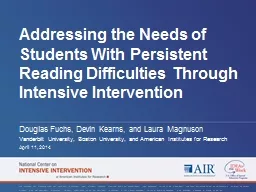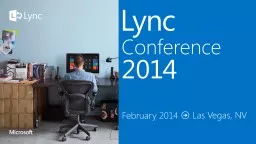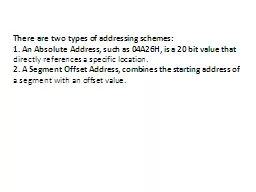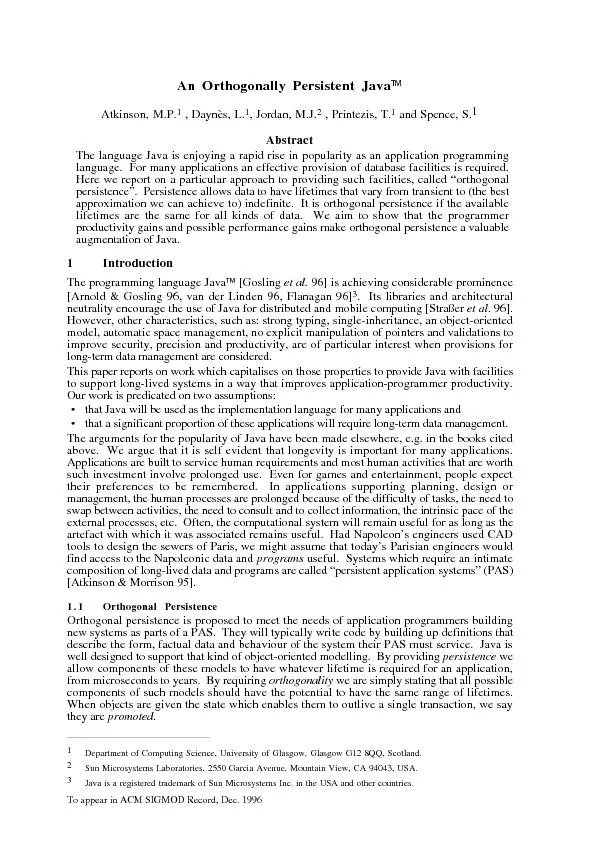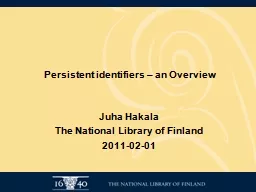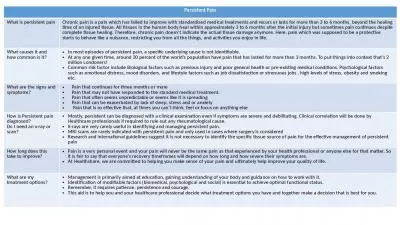PPT-Addressing the Needs of Students With Persistent Reading Di
Author : calandra-battersby | Published Date : 2018-01-01
Douglas Fuchs Devin Kearns and Laura Magnuson Vanderbilt University Boston University and American Institutes for Research April 11 2014 This document was produced
Presentation Embed Code
Download Presentation
Download Presentation The PPT/PDF document "Addressing the Needs of Students With Pe..." is the property of its rightful owner. Permission is granted to download and print the materials on this website for personal, non-commercial use only, and to display it on your personal computer provided you do not modify the materials and that you retain all copyright notices contained in the materials. By downloading content from our website, you accept the terms of this agreement.
Addressing the Needs of Students With Persistent Reading Di: Transcript
Download Rules Of Document
"Addressing the Needs of Students With Persistent Reading Di"The content belongs to its owner. You may download and print it for personal use, without modification, and keep all copyright notices. By downloading, you agree to these terms.
Related Documents

